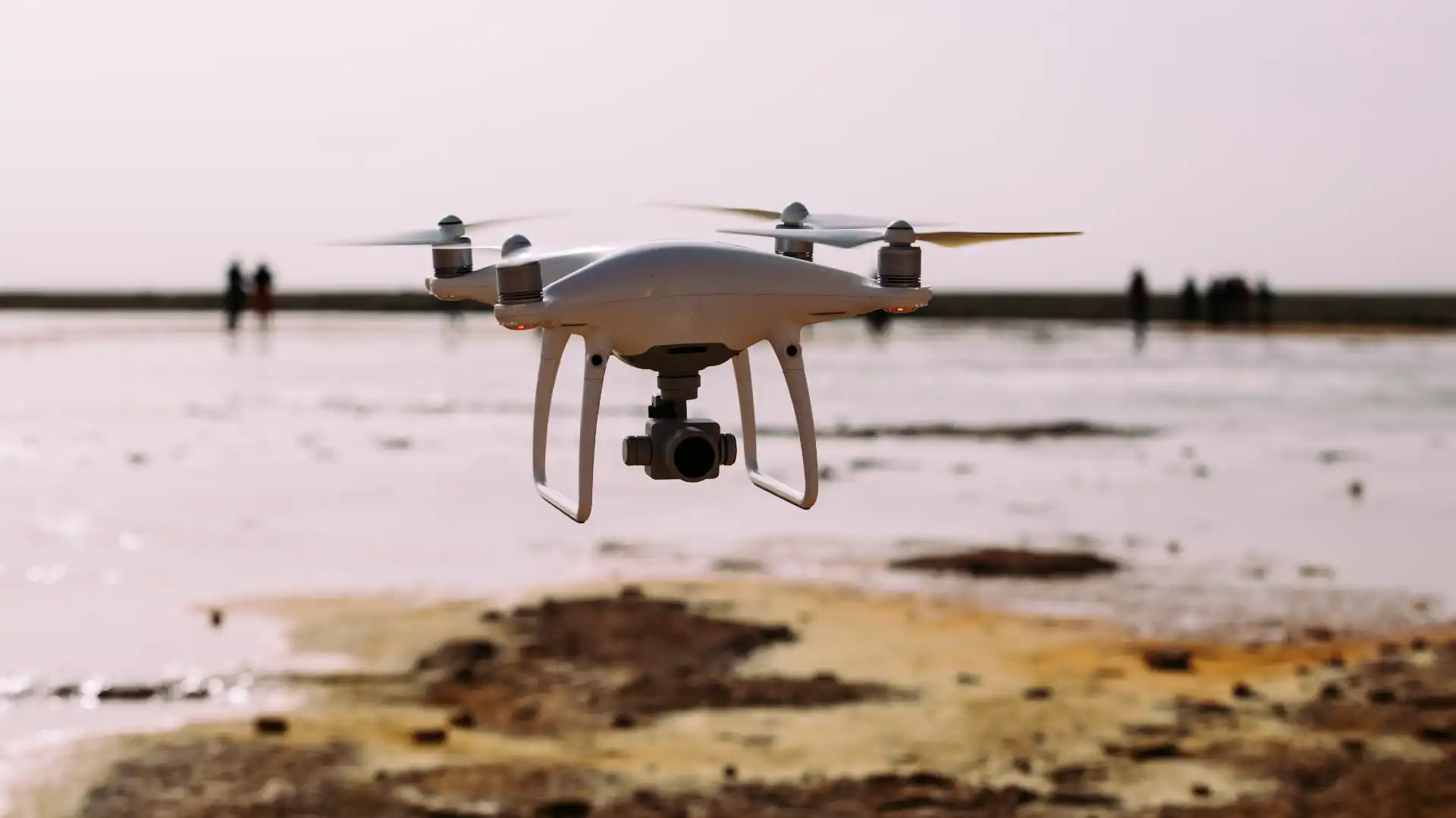AI & Drone Tech Reshaping Post-Disaster Restoration
When disaster strikes, time is everything. In 2025, a new generation of technology—driven by artificial intelligence and drones—is accelerating how communities recover, how preppers assess damage, and how resources get allocated. For survivalists and emergency planners alike, these tools aren’t futuristic—they’re essential.
Whether you’re running a solo homestead or building out a full-scale prepper community, understanding how AI and drone disaster recovery works can dramatically improve your response time and restoration strategy.
The Power of the Sky: Drones as First Responders
In many recent disasters, drones were the first eyes in the sky. Equipped with high-definition cameras and thermal sensors, they can:
- Survey flooded areas or burned structures safely before human crews arrive
- Map routes for evacuation or aid delivery
- Deliver lightweight essentials like medical supplies to unreachable zones
In the 2025 LA wildfires, drones deployed within minutes gave rescuers live images of fire spread and allowed homeowners to assess damage remotely. This ability to “see without risk” saves both lives and resources.
AI-Powered Recovery Planning
Artificial intelligence is now helping analyze real-time data from multiple sources—satellites, drones, ground sensors, and even mobile devices—to generate fast, actionable insights. Here’s how AI is reshaping recovery:
- Damage Assessment: AI software quickly identifies structural integrity, fallen trees, blocked roads, or compromised pipelines.
- Priority Allocation: Algorithms calculate which areas need power, medical help, or supplies the fastest based on population density and risk.
- Predictive Restoration: AI models forecast supply needs and help crews focus repairs on systems likely to fail next.
Even smaller communities can benefit from these tools using open-source platforms or community-shared AI access. It’s no longer just a government tool—it’s accessible to citizen preppers too.
Personal Prepping: How Drones Help Survivalists
You don’t need to be a rescue agency to use drones in your own survival plan. More preppers are adding drone capability to their gear for:
- Perimeter surveillance: Monitor your property post-disaster or during civil unrest
- Route scouting: Send ahead to detect roadblocks or danger zones when bugging out
- Remote check-ins: Look in on family or neighbors who live further out
Recommended features include long battery life, foldable design, GPS tracking, and live streaming. Models like the DJI Mini 4 Pro are popular among off-grid and rural preppers.
Smart Sensors and Early Warnings
Beyond visual drones, smart sensors powered by AI are now placed in homes and communities. They detect environmental changes such as:
- Sudden temperature spikes (fire alerts)
- Water pressure drops (pipe bursts)
- Soil movement (landslide or sinkhole detection)
These sensors are connected to cloud systems that alert property owners or group members instantly—giving them precious minutes to act.
Ethical Considerations: Big Tech Meets Survival
While these innovations are exciting, they also raise questions. Who controls the data? Are private drone flights protected? What happens if your AI software is shut off during a disaster?
Preppers are advised to:
- Use encrypted devices
- Keep analog backups (maps, radios, paper logs)
- Set up decentralized data access if using cloud platforms
Smart prepping means leveraging new tools—but never depending on them blindly.
Case Study: Tornado Recovery in Arkansas (2025)
After the March 2025 tornado outbreak in Arkansas, local prepper groups teamed up with drone volunteers to map affected zones. The real-time maps helped coordinate food drop points, solar charger placements, and fuel storage redistribution. AI software flagged houses likely to collapse within hours based on roof damage pattern recognition—helping get people out just in time.
It was one of the first known instances where civilian drone teams and AI platforms saved lives independently of government assistance.
Conclusion: Restoration Powered by Intelligence
Survival in 2025 isn’t just about firewood and canned food. It’s about knowledge, speed, and foresight. With drones providing the eyes and AI providing the brain, recovery efforts are getting faster, safer, and more strategic.
If you haven’t started integrating tech into your prepper plan, now’s the time. Because the next disaster won’t wait—and with the right tools, neither will your response.
✔️ Related posts for tech-savvy survival:
Adapt. Innovate. Restore.
